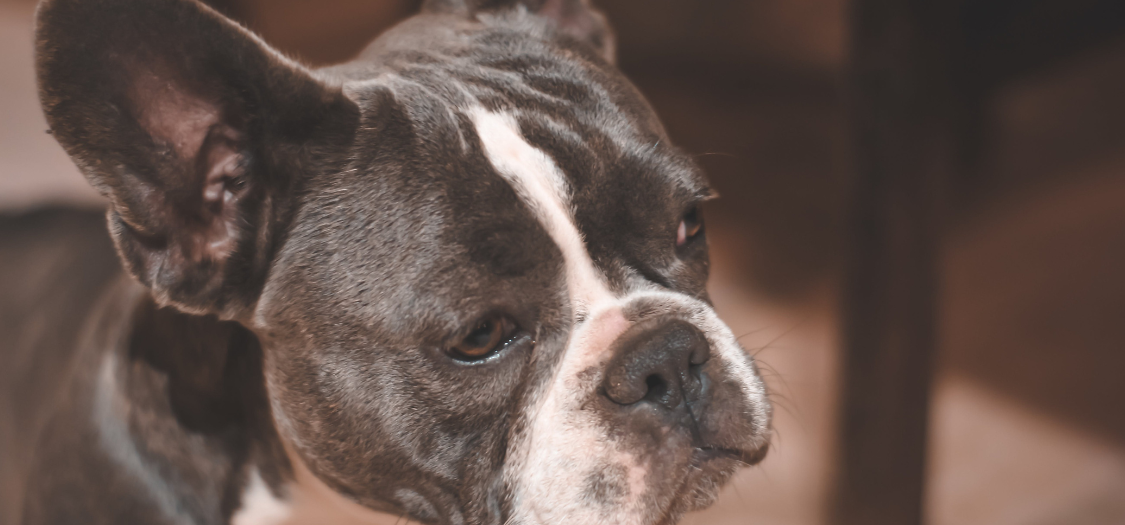My Dog Charlie
Has Carpal Hyperextension. What Would You Recommend?

Carpal hyperextension happens because the ligaments in your dog’s front legs get damaged. They become overstretched, strained or, in serious cases, completely torn or ruptured.
Ligaments are made of fibrous connective tissue and they attach bone to bone. The carpal ligaments in a dog hold your dog’s carpus (wrist) in place, and keep it at a normal angle when your dog’s standing or walking.
Read about Carpal Hyperextention: Causes, Prevention and How to Help

Your dog’s front limbs and wrist will sag towards the floor, looking weak and vulnerable. In extreme cases, it can look very distressing for you as the owner as the wrist may even be touching the floor. If you’re looking at your dog’s profile, the paw will have a flat-footed, “duck” look.
You may also see that your dog’s limping in the front legs, the wrist looks swollen and feels floppy, your dog’s gait may look unusual, such as hopping or rolling, or in a puppy - walking like a bear. Your dog may not want to walk or play.
Your dog might be suffering from carpal hyperextension because of a dog wrist injury (jumping off something too high, for example, so the ligaments were bent past their normal limits). If your dog’s a puppy and younger than 4 months old, they may have a congenital abnormality (carpal laxity syndrome).
The carpal hyperextension might also be a result of degenerative changes as your dog ages, and the ligaments weaken. Sometimes arthritis, which causes an inflammatory response in the immune system, can cause swelling, pain and joint laxity.
First, you must visit your vet for a confirmed diagnosis of hyperextension. Your vet will likely start with a physical examination. The ligaments can feel floppy, because they’ve been stretched and lost their normal elastic shape.
Your vet might use an MRI scan to confirm the ligaments in your dog’s front legs and wrist area have been damaged, and confirm a dog hyperextension injury. Your vet will probably also check all your dog’s other joints to check there are no abnormalities elsewhere. An X Ray can also show that there’s nothing wrong with the bones, which rules out any bone medical conditions.
Severe, high-grade sprain injuries and many forms of degenerative hyperextension may require surgical correction to stabilise the carpal joint and address the underlying issue.
Dog leg braces, splints and canine carpal support dressings can provide stability and promote healing. Generally, carpal braces for dogs are short-term solutions. They don’t help the ligaments to repair. Sometimes splints in puppies are recommended, but at other times, they can be contraindicated and worsen the condition.
Find out more here: Carpal Hyperextension Braces & Supports
This includes weight loss, restricted activity, physiotherapy, and hydrotherapy. Using a front leg support for dogs may also be recommended, to give the joint a little extra stabilisation.
Rehabilitation exercises might help strengthen the muscles surrounding the carpal joint, providing additional support.
If you suspect that your dog’s suffering from carpal hyperextension, your vet is best placed to confirm this diagnosis and outline the right course of treatment for your dog. Sometimes surgery will be needed, and sometimes conservative management, including rehabilitation and hydrotherapy, will be enough to allow the ligaments to heal.
Has Carpal Hyperextension. What Would You Recommend?
Carpal Hyperextension in Dogs - Questions and Treatment
Does My Dog Have Carpal Hyperextension, a Carpal Injury or Front Paw Knuckling?
Carpal Hyperextension in His Front Leg Ligaments. What Should I Do?
Carpal Hyperextension? How Can I Tell?

We can help find the right solution for your dog
Feel free to give us a call on 01730 622544
or email us at woof@zoomadog.co.uk